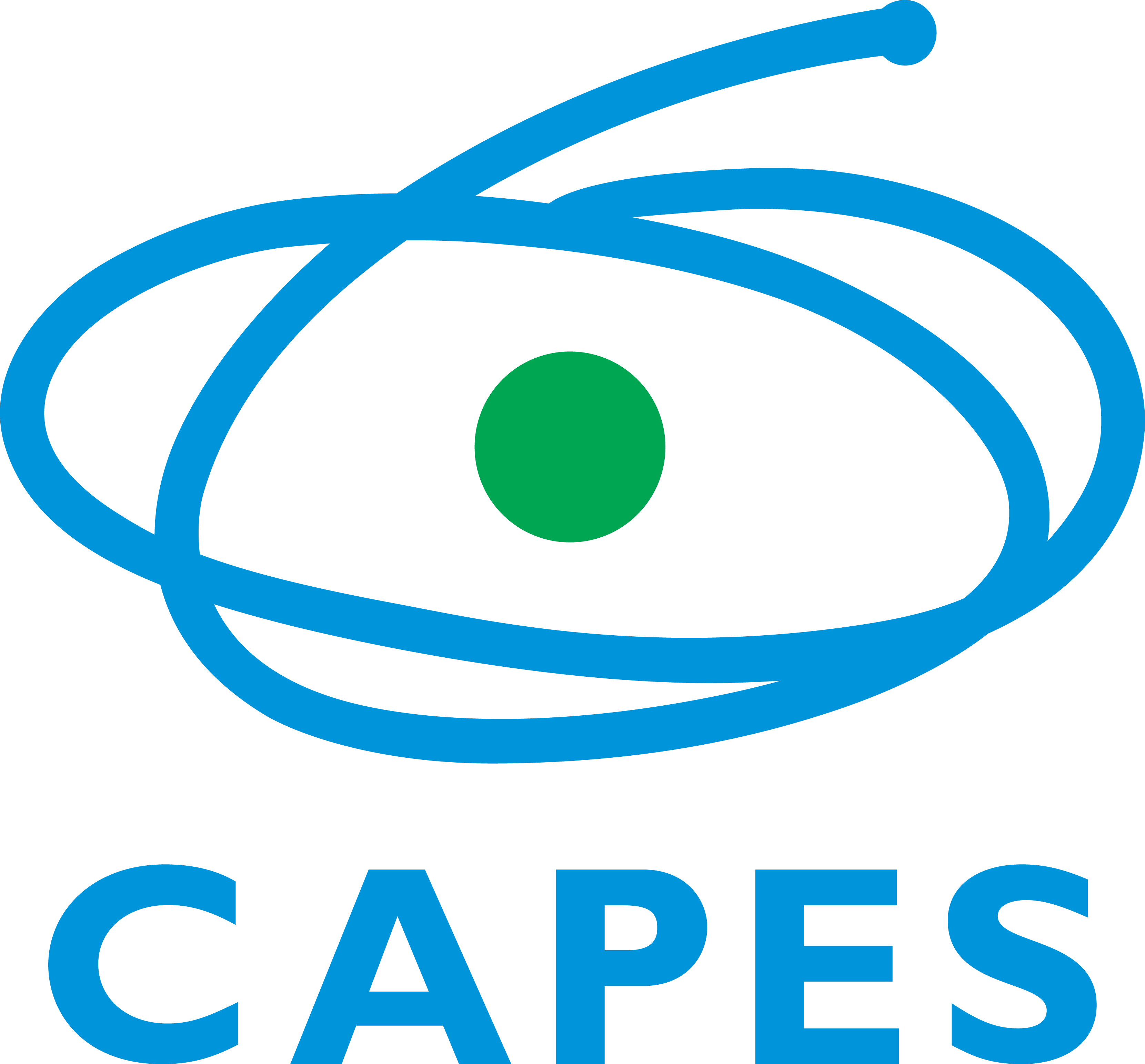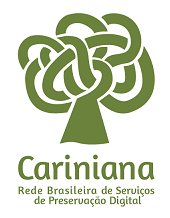The arts of making the History teaching: the teacher, the student and the textbook between the knowledges admitted and inventive
DOI:
https://doi.org/10.5433/1984-3356.2012v5n9p491Keywords:
History and teaching, Textbook, Reading practicesAbstract
It is known that the definition of the textbook as control over the programs is linked to the formation of school discipline History. In this sense, it’s possible to say that this object has become central in teaching practices, however, the specific contours that this centrality acquired at the beginning of the 21th century, enable the proposition of a fundamental question: how are read and used the History textbooks? Considering this context, the present study was conducted with the objective of understanding the reading practices of the History textbook, in the classroom, by the teacher and student, through the study of a particular case. Using as theoretical and methodological references, the assumptions developed by the History of reading and the discussions held in the book The practice of everyday life of Michel de Certeau, is analyzed the using of the textbook in a class of 7th grade (8º year) from a state school in the city of Cambé, in Paraná. The research sought to highlight the relations between the three key characters in the practices in the classroom, namely: the teacher, the students and the textbook. In this way, we present an analysis of the textbook used in that class – Projeto Araribá: História – in order to understand this material in detail and highlight the protocols of reading that delimit and permit the practices in the classroom. By analyzing data collected from questionnaires, classroom observation, focus groups and interview with the teacher, we presents various aspects that define the relations between the three characters. For the case study, we use two categories of analysis: the knowledges admitted and inventive as elements that make up the practice in an inter-relational way. We conclude that, even in reading practices of the textbook more systematic, we cannot say that there is a simple mechanical reproduction of texts, since the practices are singular, contingent, engaged and, therefore, complex.Downloads
Downloads
Published
2012-08-20
How to Cite
SILVA, Jeferson Rodrigo da. The arts of making the History teaching: the teacher, the student and the textbook between the knowledges admitted and inventive. Antíteses, [S. l.], v. 5, n. 9, p. 491–492, 2012. DOI: 10.5433/1984-3356.2012v5n9p491. Disponível em: https://ojs.uel.br/revistas/uel/index.php/antiteses/article/view/12941. Acesso em: 6 apr. 2025.
Issue
Section
Abstracts of Master Theses











